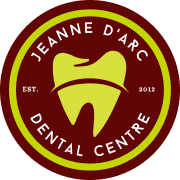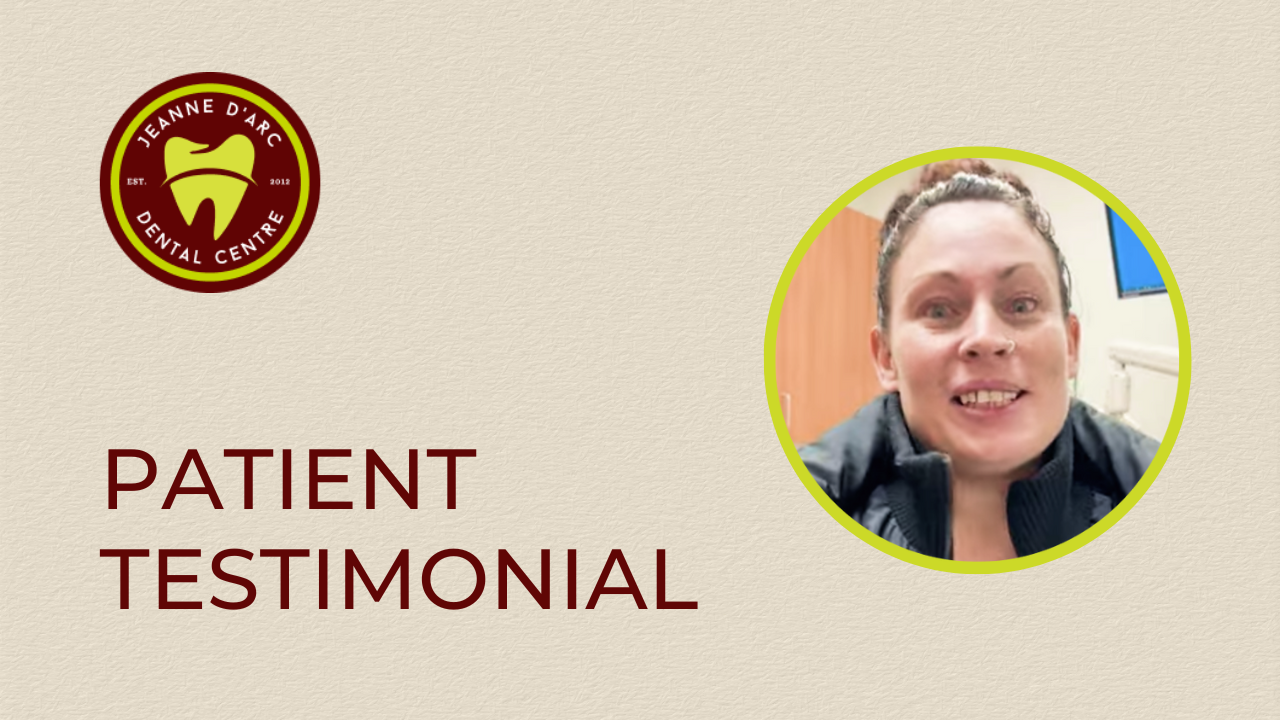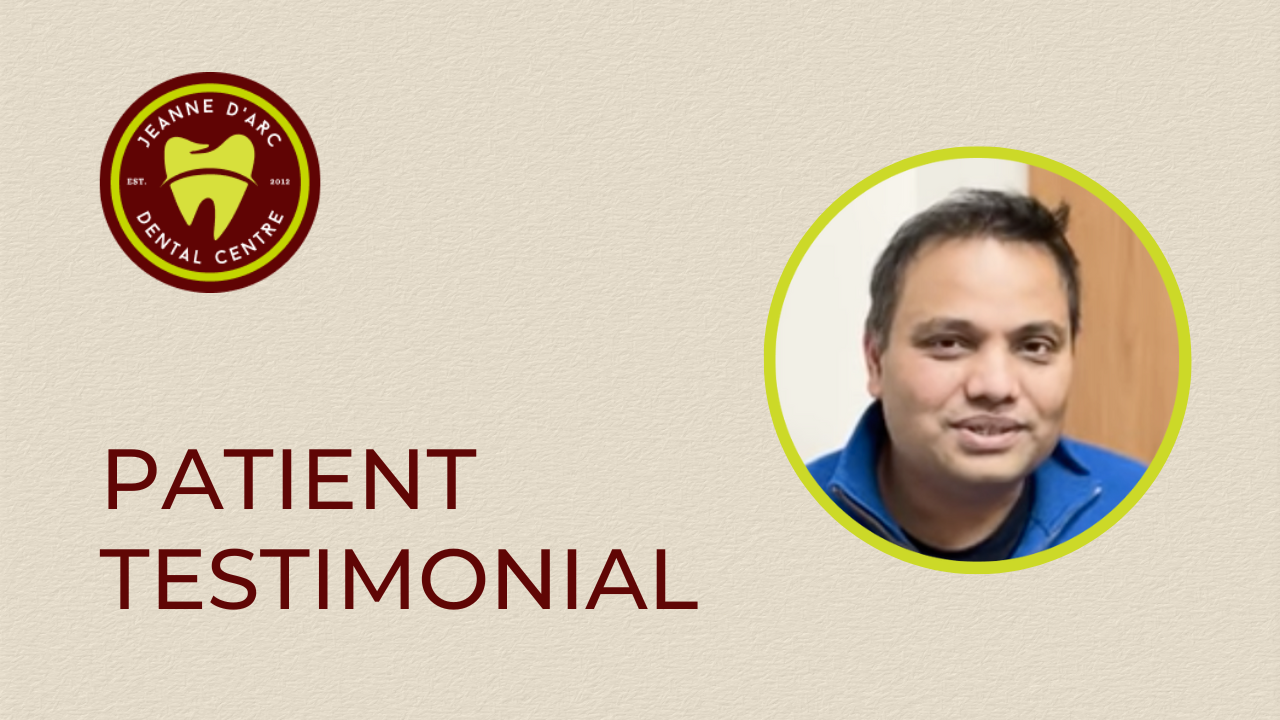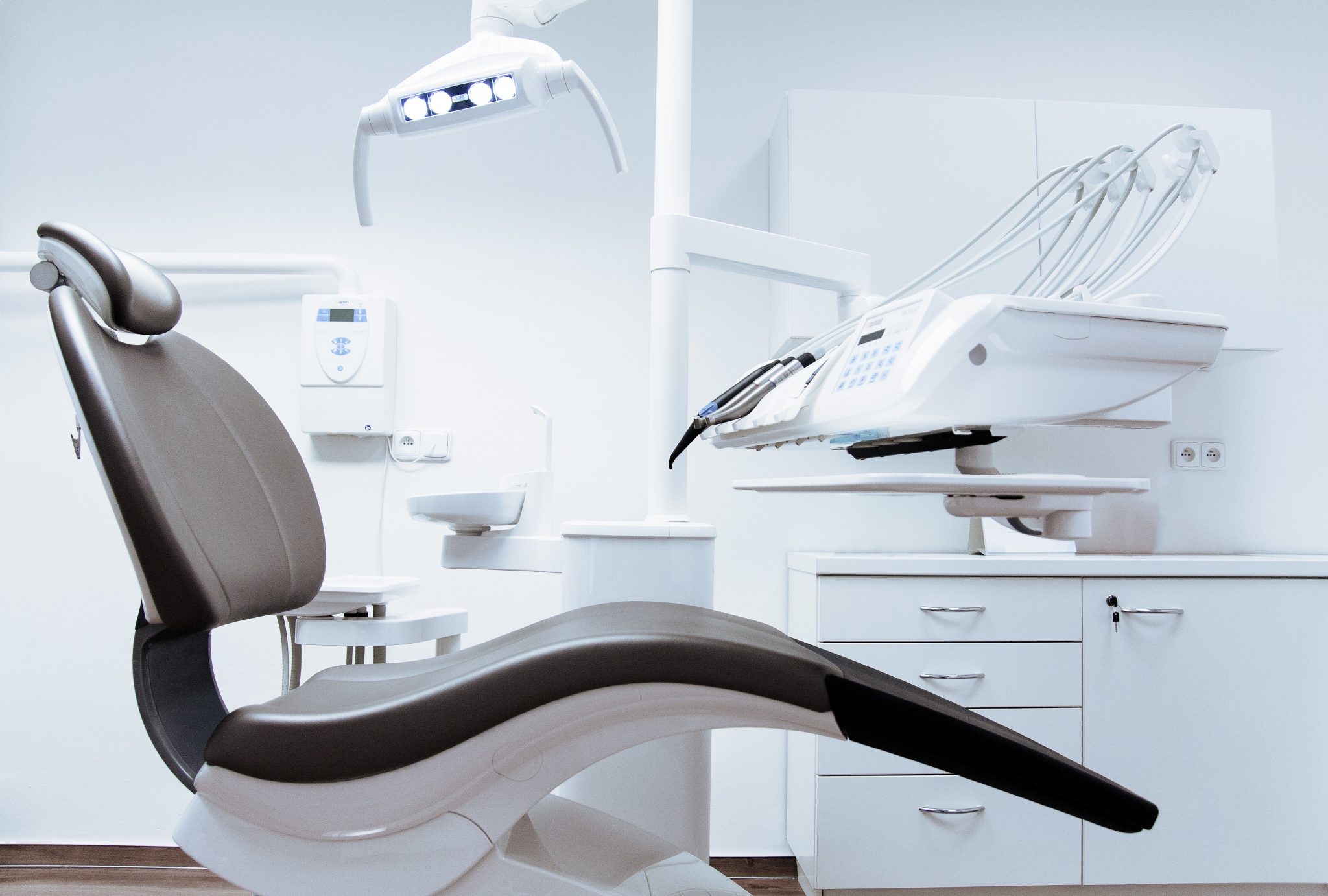

The Signs And Symptoms Of Oral Cancer
Oral cancer manifests through abnormal cell growth in the mouth, lips, tongue, or throat. Early detection significantly increases treatment success rates. Individuals over 45 are at higher risk, yet regardless of age, consider oral cancer screening if you experience:
- Discoloured patches in the mouth or on lips, including white or dark red.
- Unusual lumps or changes in texture.
- Persistent canker sores, numb patches, or bleeding.
- Altered tongue sensation, taste changes, or difficulty swallowing.
Risk factors for oral cancer include:
- Smoking or use of tobacco products like cigarettes, cigars, or chewing tobacco.
- Heavy alcohol consumption, particularly combined with tobacco.
- Possible human papillomavirus (HPV) infection of the mouth.
- Excessive sun exposure or sun-centric lifestyles.
- Poor diet or eating habits.
- Family history of oral cancer.
- More prevalent in men than women.
- History of leukoplakia, a thick, whitish patch inside the mouth.
Prevention, Detection And Treatment Of Oral Cancer
The treatment approach will be tailored to each individual case, with careful consideration of the suspected cancer’s severity, type, and location.
Spotting early signs of cancer
The objective of an oral cancer screening is to detect cancer or precancerous conditions in your mouth at an early stage. During the examination, your dentist will inspect the inside of your mouth and under your tongue for red or white patches and any suspicious sores. Additionally, your dentist will palpate the tissues in your mouth to detect lumps or unusual textures and may also examine the exterior of your throat and neck for any abnormalities.
Diagnosis and treatment
If indications of cancer are identified during your oral screening, you may be recommended to undergo further testing such as a biopsy (in which a small portion of the suspicious tissue is extracted for laboratory analysis) or imaging procedures like X-rays, ultrasounds, CT scans, or an MRI. Treatment options for confirmed tumors may include surgical removal, chemotherapy, or radiation therapy.
Prevention of oral cancer
To prevent oral cancer in the future, you can take proactive measures now. Regularly visit your dentist for routine exams, refrain from using tobacco products, and consume alcohol responsibly. Be cautious of direct sunlight exposure and apply UV protective lip balms. Maintain a healthy diet with ample fruits and vegetables, and incorporate mouth checks into your daily brushing and flossing routine. Report any signs or symptoms to your dentist promptly.
Contact us today
to schedule an initial consultation & exam.
Your consultation will include an examination of everything from your teeth, gums and soft tissues to the shape and condition of your bite. Generally, we want to see how your whole mouth looks and functions. Before we plan your treatment we want to know everything about the health and aesthetic of your smile, and, most importantly, what you want to achieve so we can help you get there.
Frequently Asked Questions
If you possess any of the risk factors associated with oral cancer, it is advisable to request an oral cancer screening during your routine dental examination. Furthermore, if you have noticed the presence of an abnormally coloured or textured patch in your mouth, or have identified a lump or suspicious sore, it is strongly encouraged that you promptly schedule an appointment with your healthcare provider to have it thoroughly evaluated and addressed. Early detection through such screenings can significantly increase the chances of successful treatment and positive outcomes. Therefore, being proactive in monitoring and addressing any potential signs or symptoms is crucial for maintaining optimal oral health and well-being.
During your dental examination, your dentist will thoroughly inspect various areas of your oral cavity, including your lips, cheeks, gums, and all surfaces of your tongue. Additionally, they will meticulously palpate these regions to detect any lumps or abnormal textures. Furthermore, your dentist may extend this examination to encompass your face, jaw, throat, and neck, searching for any irregularities or signs of tenderness. This comprehensive assessment aids in early detection and ensures a thorough evaluation of your oral health status.
Begin by washing your hands thoroughly with warm, soapy water. Stand in front of your bathroom mirror and carefully examine the roof of your mouth, lips, tongue, and gums. Pull your top lip up and bottom lip down to inspect behind them. If needed, use a piece of gauze or a cotton pad to assist in gripping your tongue to examine the sides and underside. Take care to observe your gums and use your fingers to feel the insides of your mouth. Look for any changes in colour, presence of lumps or bumps, unusual textures, or signs of tenderness. If you notice any sores that have not healed after two weeks, it’s important to inform your dentist promptly.
Small, typically painless, flat patches may present themselves in various colours such as red, white, grey, or yellow, often with red edges. These patches can manifest in any region of the mouth, including the lips, gums, cheeks, tongue, and the roof of the mouth. As a general guideline, it is advisable to have any abnormal appearance or sensation examined by your doctor or dentist.









